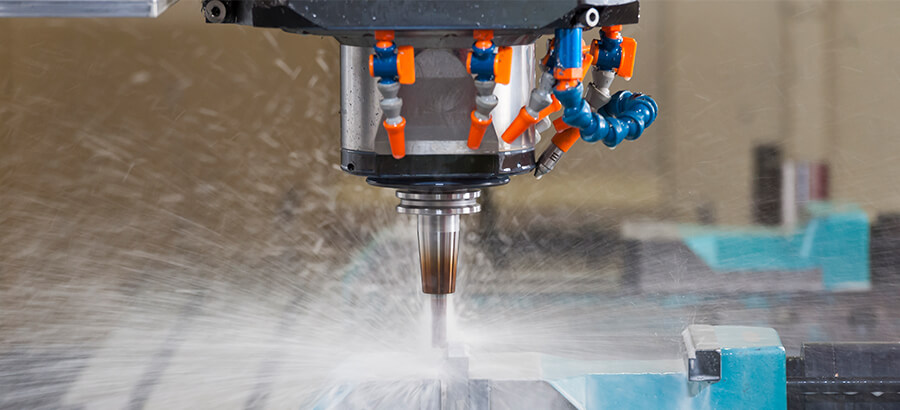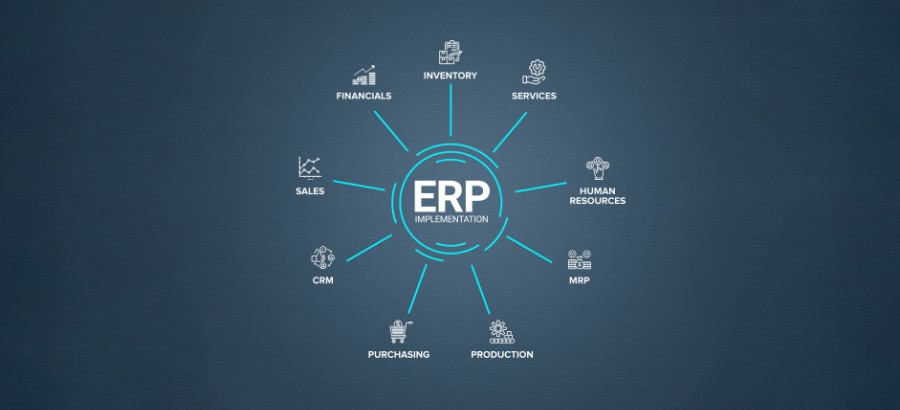Imagine if you toured someone else’s plant that uses much more primitive machinery than your own. I’m sure you would cringe at their manual processes and inefficiencies. You would be compelled to explain that there is a better way. In fact, they might be so used to doing it their way that they don’t even realize what else is possible.
The same thing applies to Enterprise Resource Planning (ERP) systems. Using an ERP that isn’t specifically designed for Industrial Machinery and Equipment (IM&E) manufacturing is just like using inadequate machines. You can still get the job done, but it takes a lot more work – and workarounds.
This situation is more common than you might think, and there are many reasons for it. For example, you originally purchased a ‘generic’ or ‘light’ ERP system but your business has grown and the ERP hasn’t kept up with your needs; you’ve created integrations between applications and departments, but now there are too many integrations to manage, or there are still information gaps and silos; you don’t have a single source of truth, so you spend time trying to make sense of incomplete data rather than actually running your business.
Industry-built IM&E software can solve these problems. But how to choose the right system?
6 questions to ask to determine if an ERP fits your IM&E business
1. Does it have an integrated Manufacturing Execution System (MES)?
Think about all the data that flows through your shop floor every day – scheduling work orders, tracking time and materials, recording output, measuring KPI’s, and more. There are separate MES systems that do this, but usually, they are disconnected from your ERP system, or complex integrations need to be built. By having an ERP that includes integrated MES, you make that data openly available to everyone who needs it, when they need it, in one place. Real-time connectivity, full visibility and fewer systems to juggle… now you’re empowered.
2. Is there a seamless CAD integration?
You’re creating your CAD designs in one system; you’re tracking your bill of materials in another. But your highly paid engineers manually enter data between the two, which also causes errors and delays. Integrating your CAD system with your ERP’s bill of materials not only makes more productive use of your engineers but also ensures accuracy downstream to production and purchasing, saving both time and money as people no longer need to correct mistakes.
3. How accurately does it forecast your inventory?
It’s 3:00 AM and you get a call from the plant. They ran out of critical material and people are standing around. This actually happened to me in a past role, so I have felt the pain of frantically trying to determine what to produce next. I have also felt the opposite pain, of overestimating materials needed and clogging up the warehouse and reducing cash flow. But an ERP system with good forecasting tools will yield multiple benefits. First, it will be less work for the sales team to create forecasts. Second, production will be guided by more accurate forecasts rather than guesses. And third, sales and production might actually get along better. Imagine that!
4. Can it track serial numbers and the location of parts?
If you need to track a product’s serial or lot number back through production and to the supplier, do you have to tediously flip through handwritten logbooks or wade through multiple systems? In heavily regulated industries, traceability isn’t optional – and even if your business isn’t subject to the same rigorous rules, traceability can be useful for internal purposes. An ERP system with full tracing and recall features saves enormous amounts of time and ensures compliance.
5. Is there an effective product configurator?
For products that are configurable with many options and permutations, most companies only have a few people in Sales and Technical who thoroughly understand the complexities. It’s ‘tribal knowledge’ in their heads. This makes helping a customer through a quote a complicated, time-consuming process, with risk of errors in the configuration that can be passed downstream to purchasing and production. An ERP with a rules-based, web-based configurator streamlines the process and even lets your customers customize their own order before it ever lands on your desk. Both you and your customers will be thankful.
6. Does it give your team the agility to pivot?
Markets demand change. Business fluctuates. Uncertainty is certain and you need to be able to meet it without grinding your plant to a halt. We’ve seen manufacturers shift to making ventilators, personal protective equipment and more in light of COVID-19 because after they determined the direction in which they want to pivot, their operational business processes are streamlined and agile enough to quickly align to the new direction. Having an ERP that is as agile as their business helps make that transition smoothly through the entire supply chain, from product development to operations to managing returns.
Fit for your industry, fit for your growth
To make sure your technology keeps up with (and fully supports) your growth, let me offer this last piece of advice: there’s no such thing as a one-size-fits-all-industries ERP that meets the specialized needs of an IM&E business.
Missing pieces quickly compound into missing profits, missing opportunities, missing time, and missing deadlines. As you scale, look for industry-built software that will scale with you – and that is built with you in mind, for the long haul.
What does a fully industry-built ERP look like for IM&E manufacturers? Let us show you!







